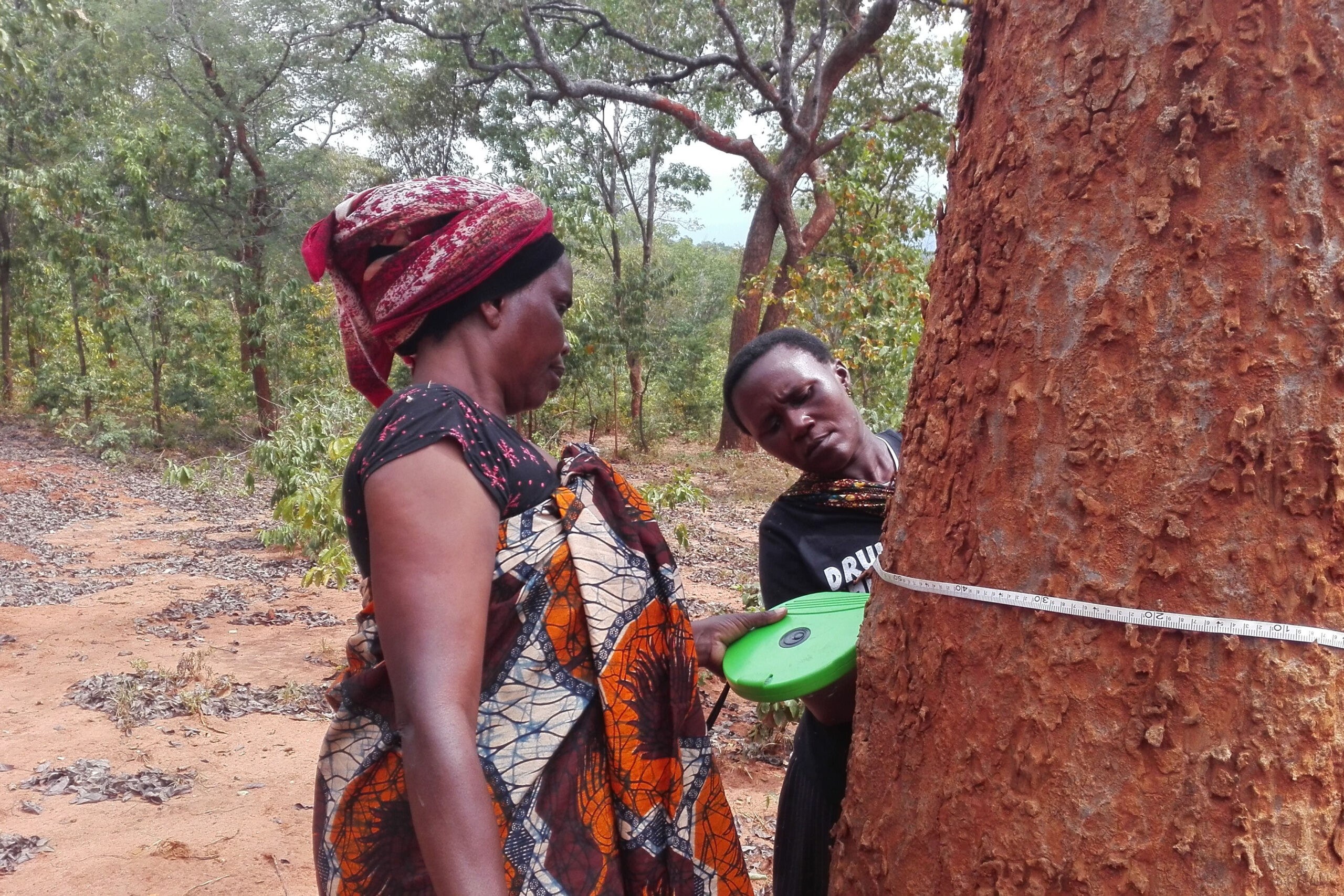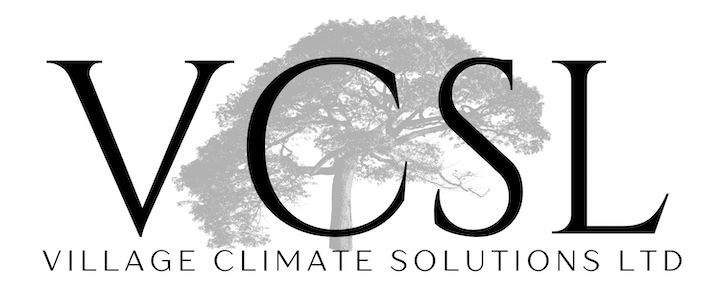Climate
Home > Climate

Climate Change Mitigation
How VCSL is reducing deforestation, greenhouse gas emissions, and building climate resilience.
Avoided Deforestation
Why It Matters:
Avoided deforestation is a key climate change mitigation strategy. By preserving forests as carbon sinks, VCSL prevents the release of stored carbon, reduces greenhouse gas emissions, and enhances carbon sequestration—helping combat global warming.
VCSL’s Contribution:
- Target: 112,548 hectares of avoided deforestation over the project’s lifetime.
- Protecting forests from degradation to ensure long-term carbon storage.
Deforestation Avoidance Progress:
- First Verification Period (2012–2013): XXX hectares
- Second Verification Period (2013–2022): XXX hectares
- Third Verification Period (2022–2024): XXX hectares
Reduced Greenhouse Gas Emissions
Why It Matters:
Reducing emissions from deforestation and forest degradation generates Verified Emission Reductions (VERs) that contribute to climate goals.
VCSL’s Contribution:
- Target: 19,003,183 tCO2e net verified emission reductions over its lifetime.
Emission Reduction Progress:
- First Verification Period (2012–2013): 39,896 tCO2e
- Second Verification Period (2013–2022): 63,982 tCO2e (under verification)
- Third Verification Period (2022–2024): 628,317 tCO2e (unverified)


Climate Change Adaptation
VCSL’s work contributes to Climate Change adaptation through improved forest cover and conservation agriculture.
Improved Forest Cover:
Improved forest protection helps maintain ecosystems that regulate climate. These include reduced local temperatures and the protection of water sources in village forest reserves, which many project communities depend on for drinking water and irrigation.
- Tropical forest cover reduces local surface temperatures due to increased evapotranspiration and surface roughness compared to non-forest land covers (Lawrence et al., 2022).
- A 50% reduction in tropical forest cover can result in as much as a 1.7°C temperature increase within a 5×5 km cell (Prevedello et al., 2019).
- Forests can reduce temperatures over 800 meters from the forest edge (Yin et al., 2022).
- Increased forest cover helps reduce wet season runoff and increase dry season runoff (Ogden et al., 2013).
Carbon Revenues:
Participating villages will receive consistent and predictable carbon revenues, insulated from climate variability and determined through opportunity cost surveys. These revenues, when invested in community development projects, contribute to climate change adaptation by enhancing resilience. For example, projects improving water access, education, health, energy, and infrastructure development are expected to build more climate-resilient communities. Additionally, household dividends provide financial support, empowering families to invest in adaptive measures such as improved housing, sustainable agriculture, and climate-resilient livelihoods.
Conservation Agriculture:
One of the key adaptation strategies of VCSL will be the provision of agricultural extension services, aimed at improving yield of the arable land within the leakage belt by at least 1%. The focus will be on improving input supply, efficient water use, improved crop and soil management, conservation tillage, crop diversification, rainwater harvesting, integrated pest management, drought-resistant crop varieties, crop rotation, and value chain development.

